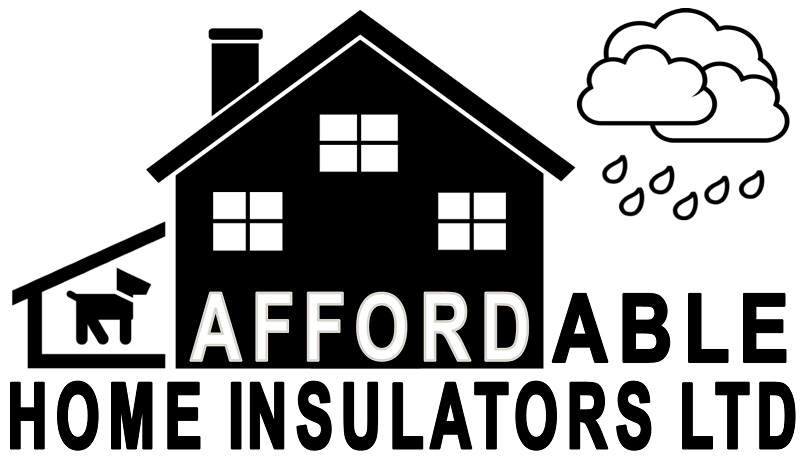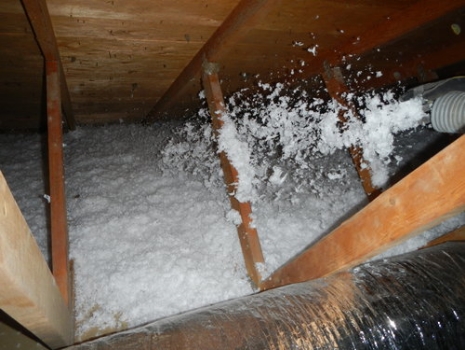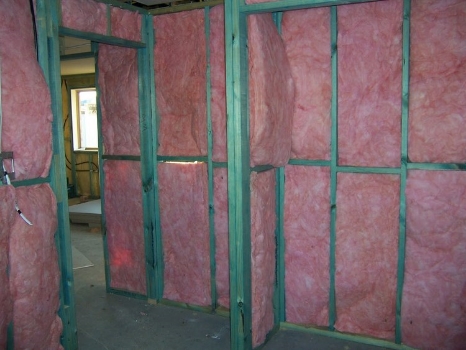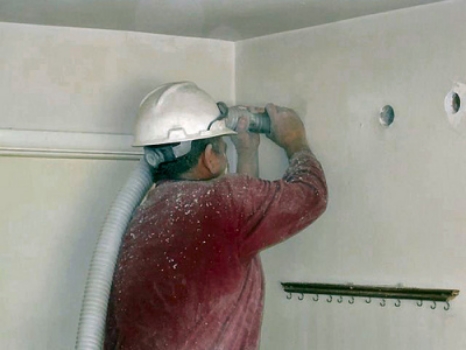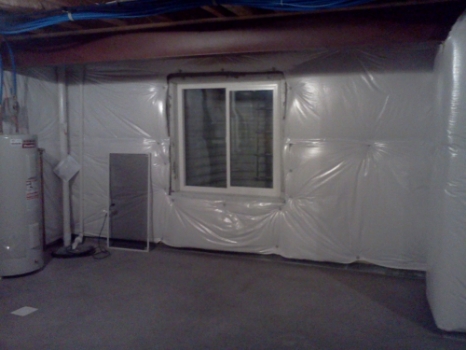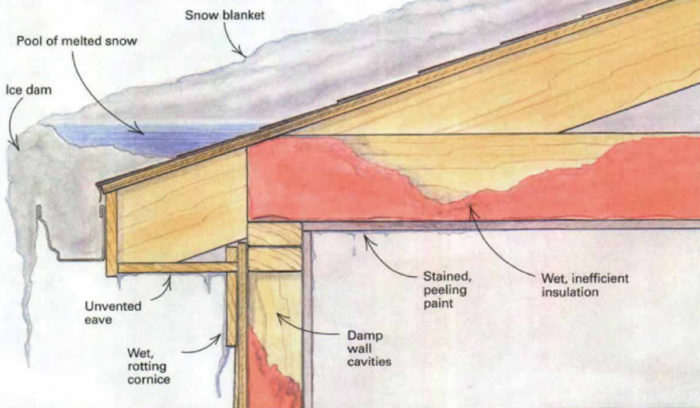Prevent Damaging Ice Dams
/UPGRADING your attic insulation can help reduce or eliminate ice damming. Cold weather and ice dams can go hand in hand if you have an under insulated attic. Why are “ice damns” you ask? We have all probably seen the manifestation of them, but didn’t give it a second thought. Basically, an ice dam will occur when heat loss into your attic melts snow at the centre of your roof, and the melted snow moves down your roof line, until it reaches the much colder eave and soffit area, where it freezes. if it warms up during the day, and we get cold nights (Chinooks) then the ice can build up to epic proportions, as layers and layers of new ice and longer icicles can form. It’s called an ice dam, because the ice build up will form a dam preventing moisture and water from shedding off the roof, and pooling and freezing at the eaves, where the problem is compounded.
Ice dams are problematic for 3 main reasons
They can represent a safety risk with large chunks of ice falling and injuring someone
They can severely damage your roofing shingles, if they occur regularly
When the ice melts, it can penetrate behind your wall sheathing and water damage can result to the interior wall, or worse, to the inside of your wall, where it’s invisible until severe damage occurs
Ways to prevent or mitigate ice dams
What can be done about ice dams. Sometimes ice dams are the result of structural design in a complicated roof, or poor design in roof drainage, but most often, insulating the attic properly and significantly reducing the melting effect of snow on your roof, can reduce or eliminate ice dams. As a side benefit, it can also save you money, in lost heat.
UPGRADE Your attic insulation. Reduce the amount of heat melting snow on your roof
Ensure good ventilation. Any heat lost into your attic, needs to be removed from your attic as quickly as possible. This will prevent heat damage to shingles in the summer and keep snow melting temperatures low in the winter. Ideally, your attic should be as close to the temperature outside as possible.
If you have upgraded your insulation and still have ice damning, you may have to use a special rake to remove snow from the edges of your roof or hire a professional to do so.
Another option is to install heat cables along your eave that heat up at certain temperatures and melt ice as it forms on the roof edge. Consult a profession if this is appropriate and on how to install heat cabling.
